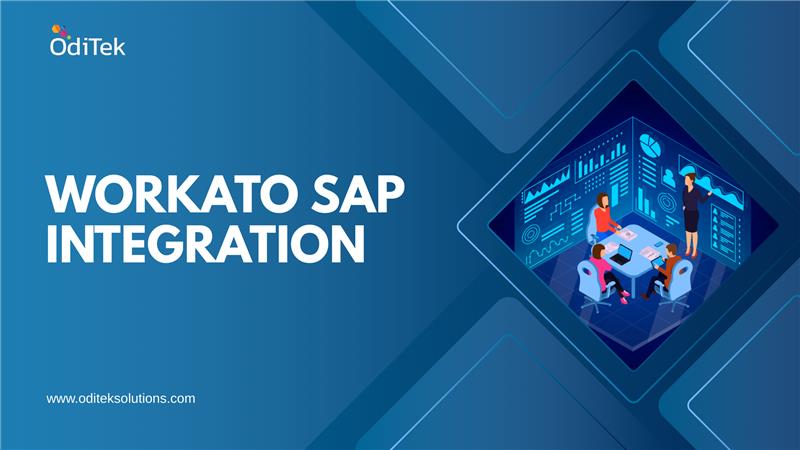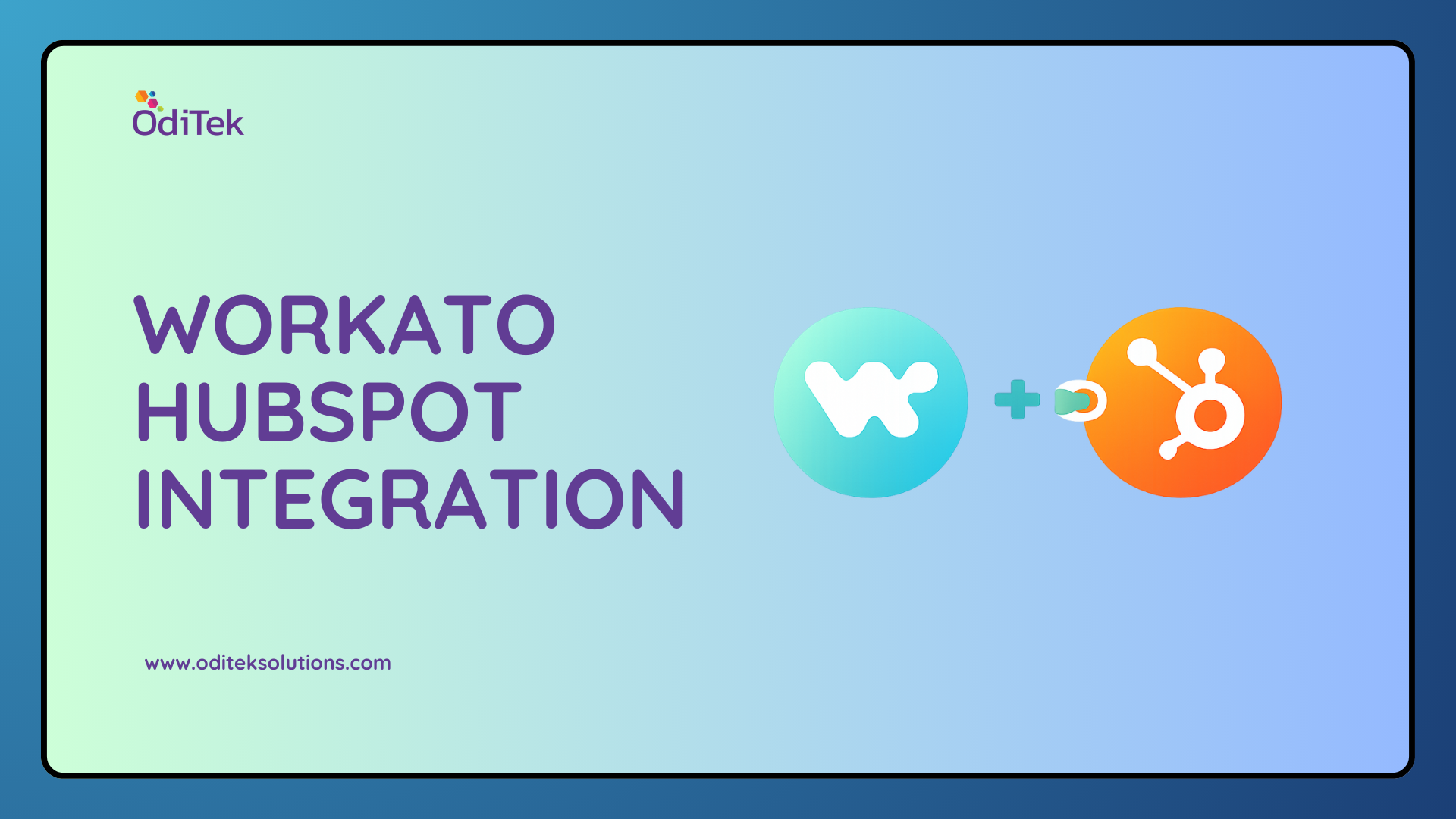Tracking objects in video streams is a cornerstone of modern computer vision, enabling a myriad of applications from surveillance to sports analytics. OpenCV, an open-source computer vision library, provides a rich set of tools for implementing effective tracking solutions. This blog delves into the intricacies of OpenCV tracking, exploring key techniques, practical applications, and how auxiliary tools like OpenCV threshold and OpenCV trackbar can refine your tracking projects. We will also highlight how OdiTek, a premier OpenCV development company, can assist you in harnessing these technologies to their fullest potential.
OpenCV Tracking
OpenCV tracking involves following the movement of objects across frames in a video. This capability is crucial in various applications, including surveillance, robotics, augmented reality, and sports analytics. OpenCV provides several tracking algorithms, each with its strengths and ideal use cases. The most commonly used tracking algorithms in OpenCV include:
i. BOOSTING Tracker: An older tracking method based on AdaBoost, which is useful but slower compared to modern algorithms.
ii. MIL Tracker: (Multiple Instance Learning) A more advanced tracker that can handle partial occlusions.
iii. KCF Tracker: (Kernelized Correlation Filters) This tracker is faster and uses a form of machine learning to improve tracking performance.
iv. TLD Tracker: (Tracking, Learning, and Detection) This tracker not only tracks but also learns about the object being tracked, making it robust to occlusions and changes in appearance.
v. MEDIANFLOW Tracker: Ideal for scenarios with predictable movements, as it provides excellent accuracy in such cases.
vi. GOTURN Tracker: (Generic Object Tracking Using Regression Networks) A deep learning-based tracker that can handle complex tracking scenarios.
Each of these algorithms has its use cases and trade-offs between speed and accuracy. Choosing the right tracker depends on the specific requirements of your project.
Enhancing Tracking with OpenCV Threshold and OpenCV Trackbar
1. OpenCV Threshold
Thresholding is a technique used to create binary images from grayscale images. In the context of tracking, thresholding can help in segmenting objects of interest from the background. OpenCV provides several thresholding methods, including:
i. Binary Thresholding: Converts pixels above a certain threshold value to white (255) and below to black (0).
ii. Adaptive Thresholding: Uses the mean or weighted sum of neighborhood pixel values to calculate the threshold for each pixel, making it useful for images with varying lighting conditions.
iii. Otsu’s Binarization: Automatically calculates the optimal threshold value for bimodal images.
Using thresholding can simplify the tracking process by reducing the complexity of the image, allowing the tracking algorithm to focus on the object of interest.
2. OpenCV Trackbar
OpenCV trackbars are a powerful tool for interactive applications. A trackbar (or slider) allows users to adjust parameters dynamically, which is particularly useful during the development and tuning phases of a tracking system. For example, you can use trackbars to adjust the threshold value in real-time, helping you find the optimal setting for segmenting the object you are tracking.
Applications of OpenCV Tracking
OpenCV tracking has a wide range of applications across various industries. Here are a few examples:
1. Surveillance and Security
In surveillance systems, tracking is essential for monitoring and analyzing the movement of people or objects within a specific area. OpenCV tracking algorithms can be used to detect and follow individuals, vehicles, or other entities, helping security personnel to identify suspicious activities and respond promptly.
2. Robotics
Robots often rely on tracking systems to navigate their environment and interact with objects. For instance, a robot can use tracking to follow a moving object, avoid obstacles, or coordinate with other robots in a swarm. OpenCV’s tracking capabilities enable robots to perform these tasks accurately and efficiently.
3. Augmented Reality
Augmented reality (AR) applications require precise tracking to overlay digital content on the real world. OpenCV tracking can be used to follow the movement of objects or markers, ensuring that the digital content stays aligned with the physical environment. This is crucial for applications like AR gaming, virtual try-ons, and interactive displays.
4. Sports Analytics
In sports, tracking is used to analyze player movements, ball trajectories, and other critical aspects of the game. OpenCV tracking algorithms can process video footage to provide valuable insights into player performance, tactics, and strategies. This information can help coaches and analysts make data-driven decisions to improve team performance.
How OdiTek Can Help
As a leading OpenCV development company, OdiTek offers a range of services to help you harness the power of OpenCV tracking for your projects. Our expertise in computer vision and image processing ensures that we can deliver customized solutions tailored to your specific needs. Here’s how we can assist you:
1. Custom Tracking Solutions
At OdiTek, we understand that every project has unique requirements. Our team of experienced developers can design and implement custom tracking solutions that leverage the full potential of OpenCV. Whether you need a simple object tracker or a complex system that integrates multiple tracking algorithms, we have the expertise to deliver.
2. Integration with Existing Systems
If you have an existing system that requires tracking capabilities, OdiTek can help you integrate OpenCV tracking seamlessly. Our team can work with your current infrastructure to add tracking features, ensuring that the integration is smooth and efficient. This can save you time and resources while enhancing the functionality of your system.
3. Performance Optimization
Tracking systems need to be fast and accurate to be effective. OdiTek’s developers are skilled in optimizing OpenCV tracking algorithms for performance. We can fine-tune the algorithms to ensure they run efficiently on your hardware, whether it’s a high-end server or an embedded system. This optimization can lead to significant improvements in tracking speed and accuracy.
4. Training and Support
We believe in empowering our clients with the knowledge and skills they need to succeed. OdiTek offers training and support services to help you get the most out of your OpenCV tracking system. Our experts can provide hands-on training sessions, detailed documentation, and ongoing support to ensure that you and your team are confident in using and maintaining the tracking system.
5. Cutting-Edge Research and Development
The field of computer vision is constantly evolving, with new algorithms and techniques being developed regularly. At OdiTek, we stay at the forefront of these advancements by conducting cutting-edge research and development. Our team is always exploring new ways to improve tracking performance and accuracy, ensuring that our clients benefit from the latest innovations in the field.
Conclusion
OpenCV tracking is a powerful tool for a wide range of applications, from surveillance and robotics to augmented reality and sports analytics. By leveraging techniques like thresholding and trackbars, you can enhance the effectiveness of your tracking system and fine-tune its performance. As a leading OpenCV development company, OdiTek is here to help you navigate the complexities of tracking and deliver customized solutions that meet your needs.
Whether you need a custom tracking solution, integration with existing systems, performance optimization, or training and support, we have the expertise and experience to assist you.
Contact us today to learn more about how we can help you harness the power of OpenCV tracking for your projects.






